TO BE A PILGRIM
A Canterbury Tale for our times
Over three hot days I walked the Pilgrim’s Way once again, to pray for the conversion of England and for vocations to the priesthood.
To walk in the footsteps of our forefathers in the faith is a remarkable thing to do, and this is one reason why - if you have the opportunity – you should consider joining a pilgrimage once a year.
Last Monday I returned from a three day pilgrimage to Canterbury - on the route made famous by Saints and scholars – and which ended in the abbey founded by Saint Augustine almost 1500 years ago, after he converted the pagan King Ethelbert of Kent.
As the modern world and its confusions swirl around and within us, to become a pilgrim is to step outside of time. This may not seem obvious when your feet are blistered – and time seems to move exceedingly slow when they are - but something precious remains when the improving effects of wilful suffering recede.
Step by step, you have walked the way of thousands of others, whose journey towards heaven took the same path you tread today. If you listen carefully you can hear the echo of centuries of Catholics seeking the grace of God.
This is a privilege in itself, of course – walking as we did from Rochester Cathedral to the site of Saint Augustine’s abbey in Canterbury. Such an ancient route is rich in history, the pilgrimage founded in the late 12th century – following the martyrdom of Saint Thomas of Canterbury in the Cathedral.
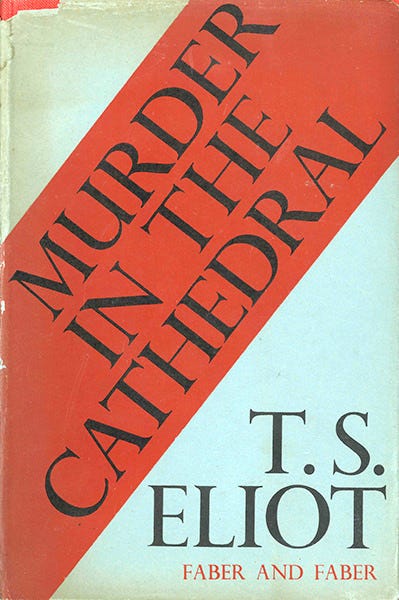
To remember this turbulent priest and his sacrilegious execution is to remember the price that may be paid when the temporal power of the state meets the immovable object of faith in God. This Saint Thomas was a friend of the King, but when the King made him a bishop, he became a friend of Christ. He did not abandon his friend, though it meant his death.
Catholics, of course, are no strangers to the fact that old stories have unparalleled value to explain the crisis of the present. The murder of St Thomas by the loyal knights of King Henry II scandalized Christendom, producing an outpouring of pious devotion and the birth of the pilgrimage we walk to this day.
Immortalized in the Canterbury Tales of Geoffrey Chaucer, this pilgrimage has its legends past and present. All pilgrims who make it will have tales of their own – some jovial, some trivial, but in every case a spiritual reward which though obvious and palpable quite escapes description. The sufferings endured are offered up to the Lord, and to submit to them freely is an education in the spiritual discipline proper to the life of a faithful Catholic in a world ruled by much evident evil.
To the modern mind it may seem strange to see so much joy amidst the blisters and the tired children, many of whom are carried as the days’ march grows long. It is inspirational.
No matter how fatigued or pained, the days end in the happiness shared by an act of mass devotion. At first, you may look around in the evening and see only tents and people. Look again, and you see the seeds of the civilization that was founded by the Church at the time of the martyrdom of Saint Thomas in Canterbury. To walk this route is to remember where we came from, how we have survived, and also how we may recover our Christian way of life from the counterfeit culture which has sought, and failed, to replace it entirely.
Wisely, this pilgrimage has a family and an adult chapter, and I am for reasons of my character and stature assigned to walk with the children. Little faces in their sun hats murmur the rosaries, with one small boy taking the microphone from our priest and leading us in several decades. His Latin at the age of six was impressive, and it was beautiful to hear his little voice leading us in prayer.
With confessions at the back, and the standard of the Sacred Heart of Jesus at the front, the pilgrimage was a living landmark to the faith we are preserving in ourselves and in our children. It has so much meaning that it is hard to compass.
The children play in the fields at night, pray in the day, and we all work together to make it come together – before going once again our separate ways. Pilgrims came from Spain, from Germany, joining others from as far as Brazil, India and Africa. A small number altogether – perhaps two hundred, I did not count exactly – but the reach and the resonance in faithful witness to the glory of God far exceeds the arithmetic.
Life today is so often reduced to number – in price, in volume, in units shifted – but the pilgrimage reminds us that the world can be more than a marketplace, and that people are not merely things to consume – and be consumed.
It is vital that we are seen to march for Christ in these dark times, and the reception we received as we arrived into those streets sometimes reflects the growing realization in the Western world that in turning away from Christ it has lost its soul. What was once bemusement on the faces of the crowds in the streets of Canterbury is now flecked with curiosity. Perhaps, some faces seem to say, it is not the pilgrims who are out of step with the times – but us. What have we lost, they may wonder. Without the witness in the streets, there would not meet with this question, face to face.
I came home spiritually refreshed, with new friends young and old, and spotted with horsefly bites which caused some disagreement between me and my legs. And yet my feet had carried me once more along the way, on a path made famous for over eight hundred years.
As the heat of three days in the sun began to fade, we knelt at the site of Augustine’s Abbey to pray to the Holy Mother of God.
For all those who are wearied by life, for those who fear they may fall into the despair of Saint Bernard, or who face the terrible ordeal of conflict with the powers of a corrupted world, a pilgrimage restores with every ache and pang the consolation of Christ.
If you take up this cross, however briefly, He will step down from His and embrace you.
I can think of no better education for our children than to take up the Pilgrim’s Way alongside them. In doing so we glimpse what it might have been to suffer along the Via Dolorosa. At the end of a fruitful pilgrimage, what we remember is not ourselves at all – but the example of Christ Himself, in whose footsteps we all struggle to follow.


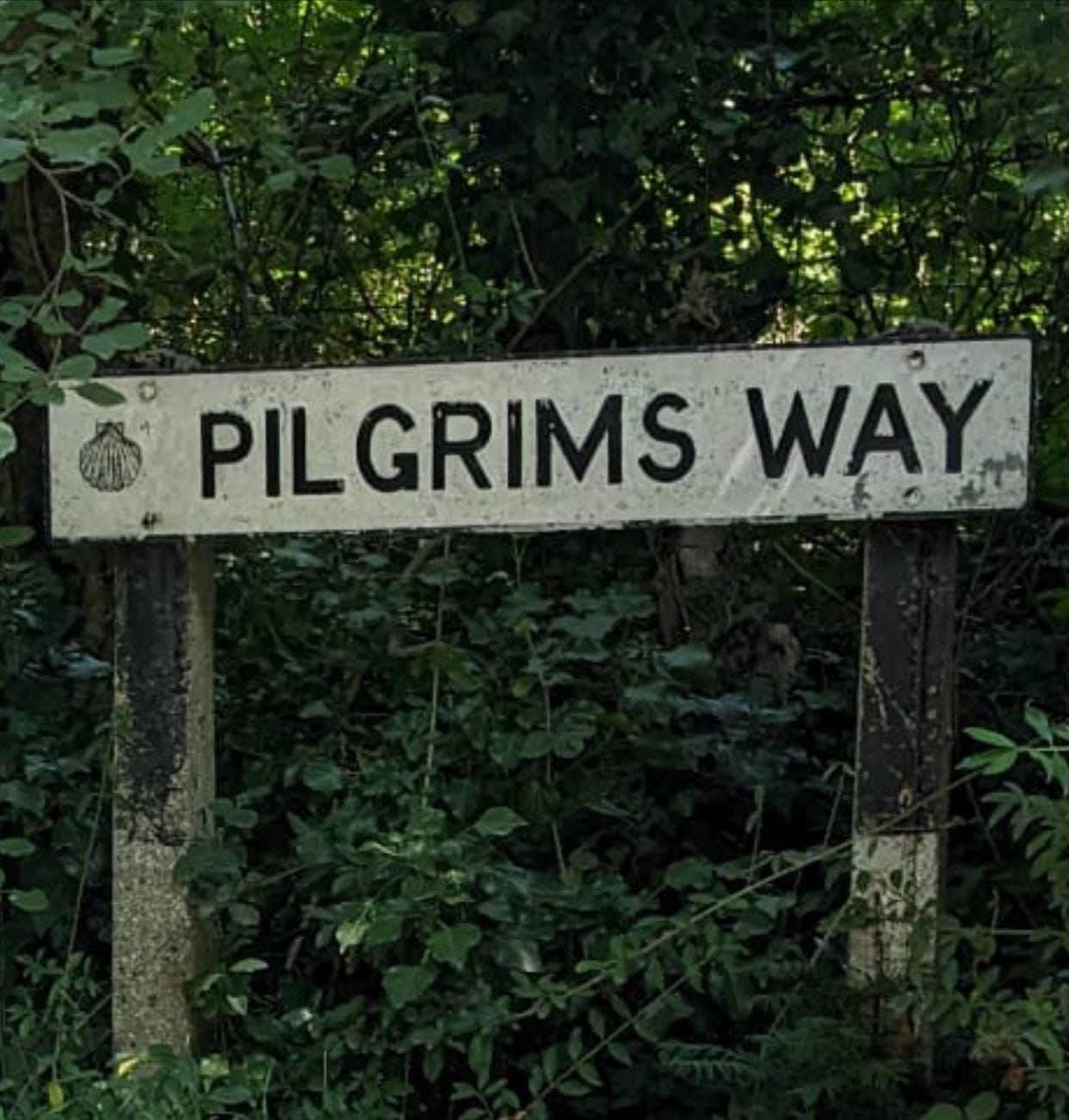


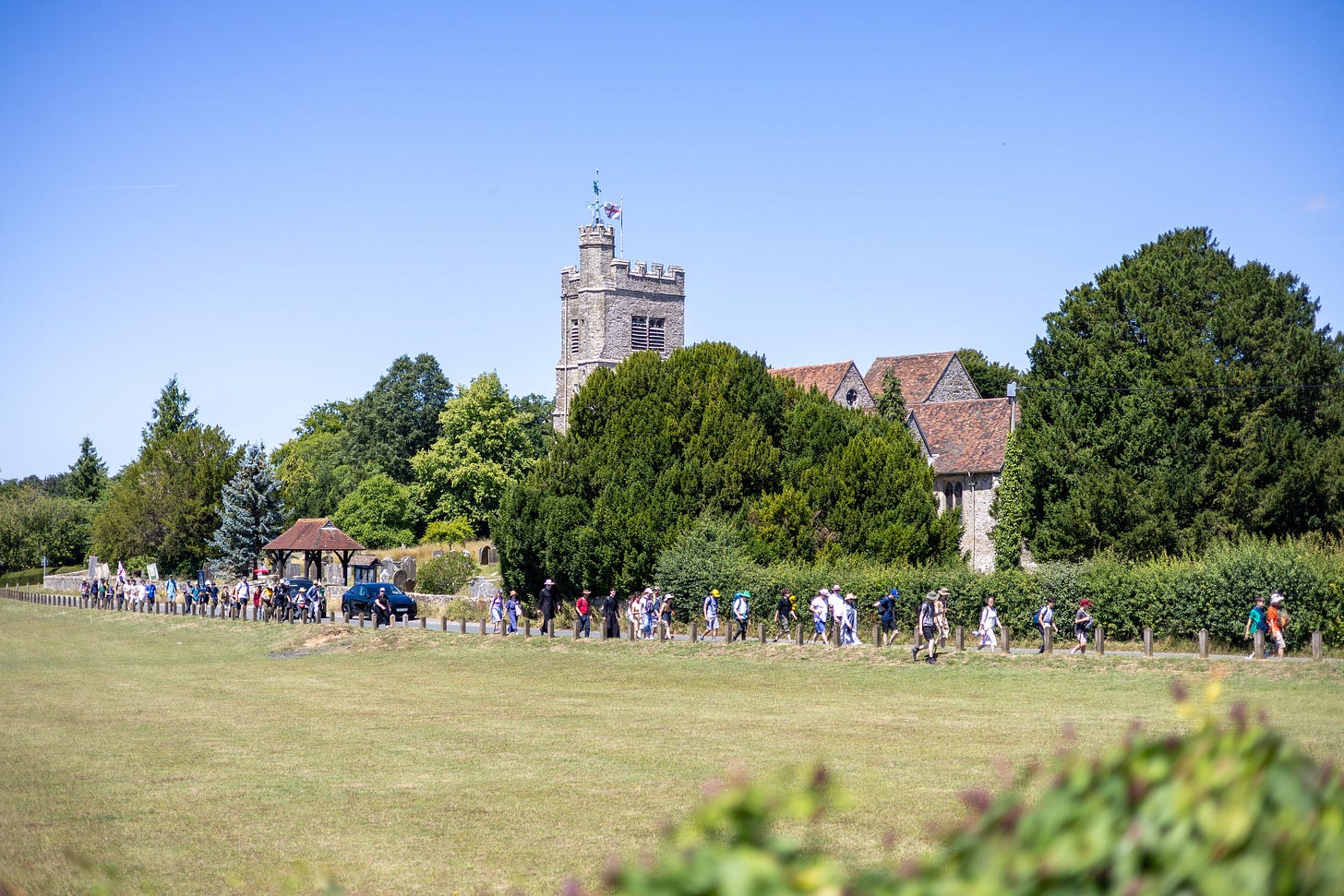
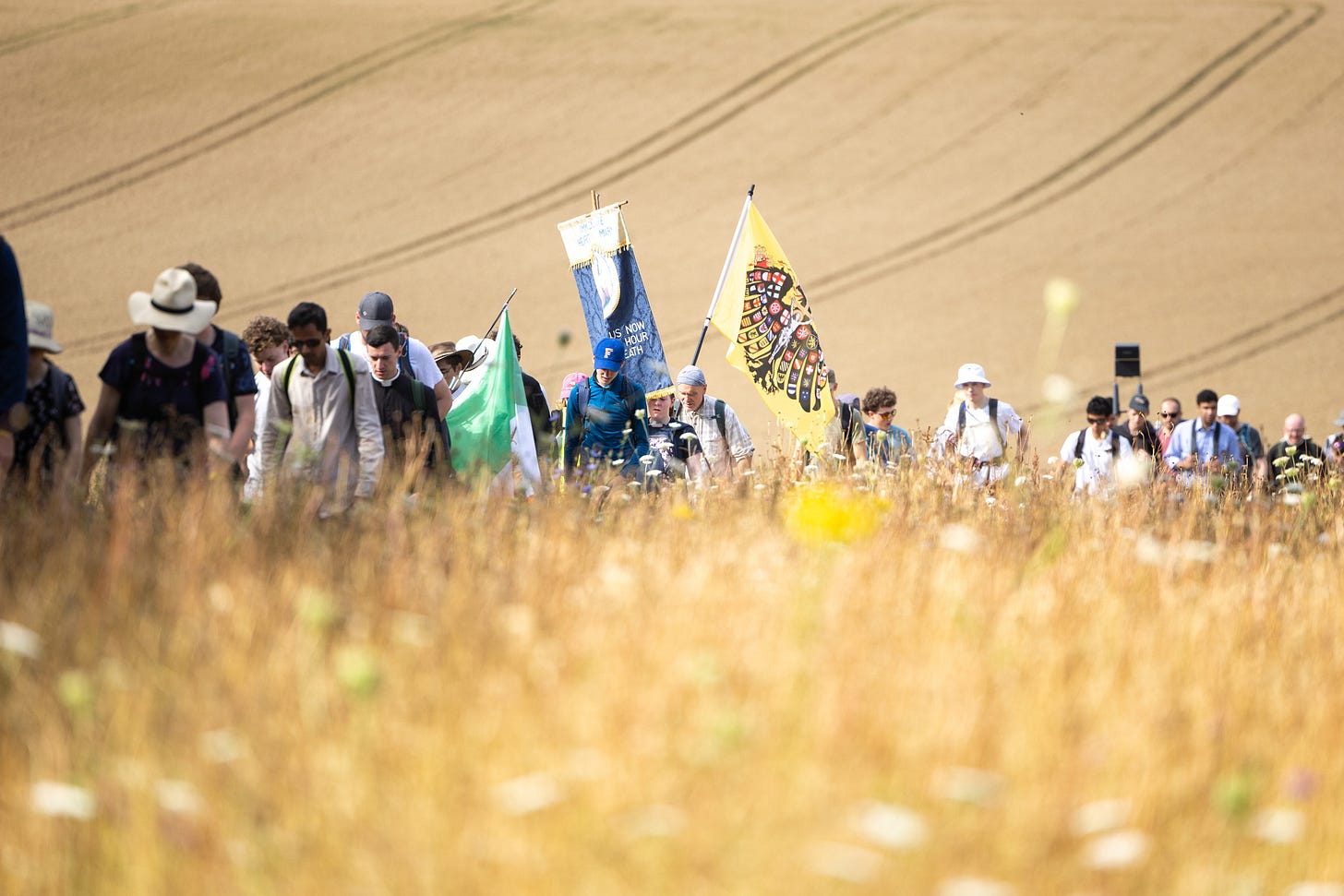
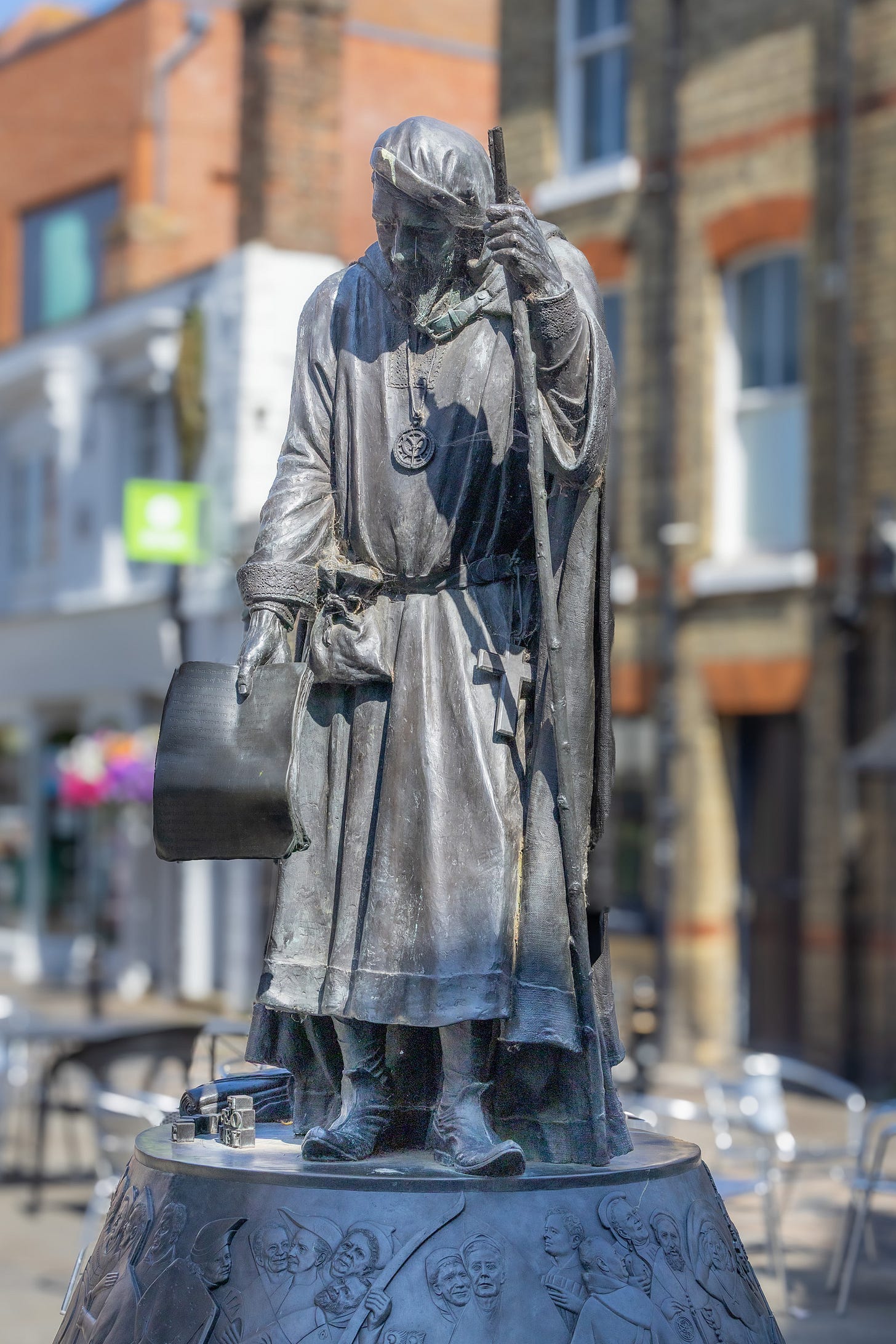
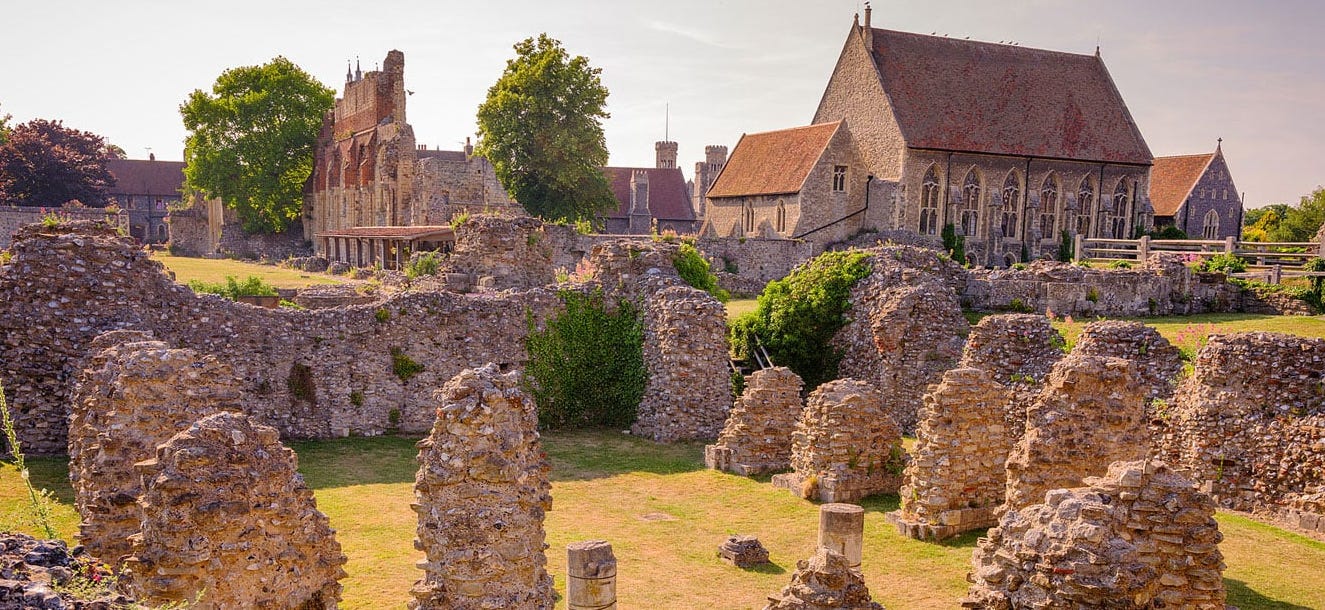

I was surprised 30 years ago in a nine week trip to France that the altar at which St Thomas was slain was in Lyon where it had been moved some centuries before
Thank you Frank. Very inspiring.